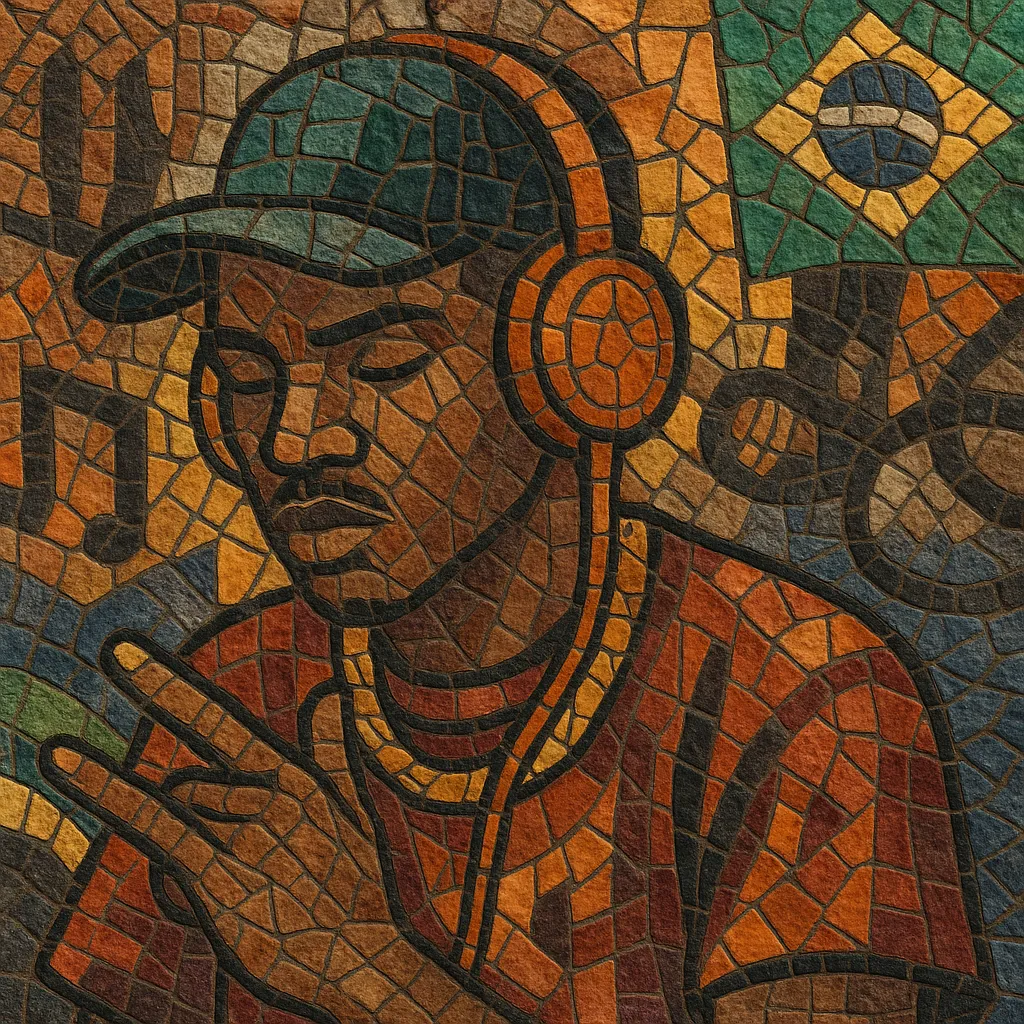Brazilian trap (trap brasileiro) is the Brazilian adaptation of the Atlanta-born trap sound, performed primarily in Portuguese and colored by local rhythms, slang, and aesthetics.
It features 808-heavy beats, half-time grooves, rapid hi-hat rolls, and melodic, Auto-Tuned vocals, while often folding in the swing and percussive feel of funk carioca. Lyrics commonly move between street realities, internet-native lifestyle, fashion, and aspirational luxury, with strong regional accents and Brazilian vernacular giving it a distinct identity from US trap.
Brazilian trap emerged as local artists absorbed the sonic grammar of Atlanta trap—booming 808s, double- and triple-time hi-hats, and half-time grooves—then filtered it through Brazilian language, slang, and internet culture. Early adopters and collectives helped plant the seeds by releasing DIY videos and singles on YouTube and SoundCloud, building communities around fashion, skate culture, and streetwear as much as music.
By the mid-to-late 2010s, collectives and labels professionalized the sound, while artists began fusing trap with the swing and percussive DNA of funk carioca. Viral videos, beat-making channels, and collaborative cyphers amplified reach, and a youth audience accustomed to streaming pushed the style into the national spotlight.
A wave of charismatic performers with memorable hooks, polished visuals, and strong branding turned Brazilian trap into a national pop force. Albums and high-concept singles charted on streaming services, and tours, festivals, and fashion partnerships underscored its cultural presence. Producers increasingly borrowed from plugg/pluggnb textures, cloud-rap atmospheres, and emo-rap melodicism, while some tracks integrated funk carioca patterns and timbres.
The sound splintered into melodic, atmospheric, and hard-edged lanes. Crossovers with funk (trapfunk), experimentation with more emotive toplines, and collaborations across regional scenes broadened the palette. The rise of Brazilian phonk and other internet-native micro-scenes coexisted with trap’s continued dominance on playlists, helping export a broader Brazilian urban sound to international audiences.


